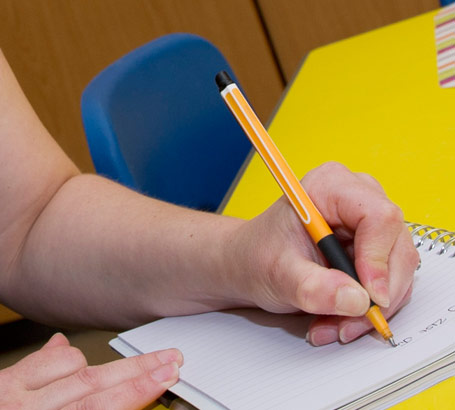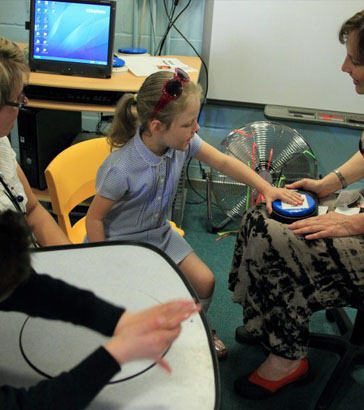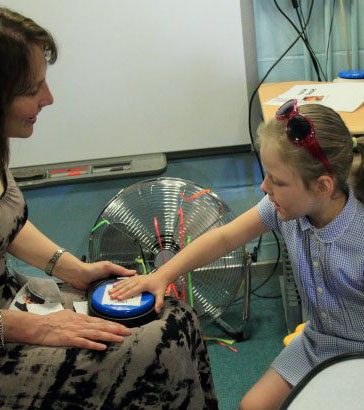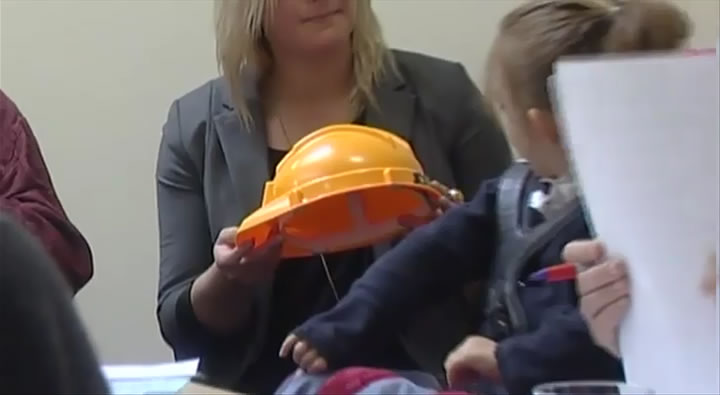
The quality of a child's life is usually measured by gaining an understanding of what the child thinks is of value (qualitative) and then constructing some more objective quantitative criteria to identify whether or not the child's aspirations are being achieved. By establishing a baseline, teachers are to see if activities or programmes designed to improve quality of life for a particular pupil are of benefit.
A qualitative understanding, i.e. the child's view, can supplement planning frameworks that are commonly used in school, e.g. target setting and review.
Watch the clip of Sophia taking part in her review.

Consider how the children in your class/school are involved in their reviews.
- How do you prepare them for the review?
- How are they given a voice during the review?
- How far do you take account of pupils' during/after the review?
In order for children to be able to have a voice in these formal situations, they need to be given the right opportunities throughout the year to be listened to and encouraged to say what they like to do.
Look at this clip in which Mark is learning to use an ipad to help him communicate.

Think about the children you work with who have communication difficulties.
How can you develop opportunities for them to express their views, e.g. about what they like to do?
- What new skills might children need to learn?
- What changes in the child's environment or the support that children receive might improve the opportunities they have to communicate?
Think about when these children communicate:
- At snacktime/lunchtime
- In class
- In social situations?
Are there ways of providing a broader range of opportunities for communication?

Once you understand from a qualitative perspective what a child thinks is of value, e.g. what he or she likes and dislikes, you can then construct an objective quantitative measure how far the child's views are being taken into account.
So, if 'relationships with peers' was identified as a being particularly important to a good quality of life for an adolescent, then you would try to develop ways to measure this aspect.
How might you measure the quality of interpersonal peer relationships for an adolescent who has identified this as being particularly important?

Your answers might include counting:
- The number of peers who approached the child at playtime
- The number of verbal communications the child initiated with peers in class, and
- The length of communication/interaction with different peers at playtime and lunchtime.

